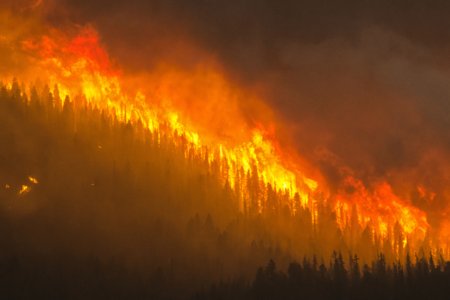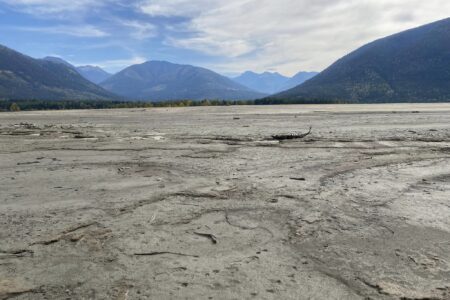Polar bears have a fighting chance of survival
David A Gabel, Environmental News Network
The plight of polar bears continues as the climate gradually becomes warmer in the Arctic.
Warmer temperatures cause the melting of sea ice, which is essential for polar bears to reach their prey, primarily seals.
However, according to a recent study published in the journal, Nature, polar bears have a good chance at survival if humans significantly reduce their greenhouse gas emissions.
There are about 22,000 polar bears currently in the wild.
They were placed on the threatened species list because of the future potential loss of sea ice. In 2007, a study by the conservation organization, Polar Bears International, predicted that only one third of the species would be left by 2050 if sea ice continued to disappear. Eventually, polar bears would become extinct.
The recent study was conducted by researchers at several prominent organizations, led by Steven Amstrup, emeritus researcher with the USGS and lead author of the 2007 study previously mentioned.
The study suggests that there is no point at which rising temperatures would trigger an unstoppable loss of summer sea ice.
According to Cecilia Bitz, co-author and associate professor of atmospheric sciences at the University of Washington, “Our research offers a very promising, hopeful message, but it’s also an incentive for mitigating greenhouse emissions.”
Previous research by Bitz shows that if business continues as usual, lost sea ice would be unable to recover.
The recent study suggests that significantly reducing greenhouse gas emissions would halt rapid sea ice losses. It may also lead to that ice’s recovery, which is good news for the polar bears. Declining sea ice in the summer cause the bears to go hungry, and they can lose up to two pounds per day.
There are certain regions of the Arctic which are more vulnerable to sea ice loss. Amstrup found that polar bears were likely to go extinct in two out of the four regions given current trends in greenhouse gas emissions.
“There’s still a fairly high probability in both of those regions that polar bears could disappear,” Amstrup said.
“But with mitigation and aggressive management of hunting and other direct bear-human interactions, the probability of extinction would now be lower than the probability that polar bear numbers will simply be reduced.
“With mitigation, conditions for polar bears might even improve in the other two eco-regions. The benefit of mitigation to polar bears is substantial.”
Link to published article in Nature: http://www.nature.com/nature/journal/v468/n7326/full/nature09653.html


























Comments